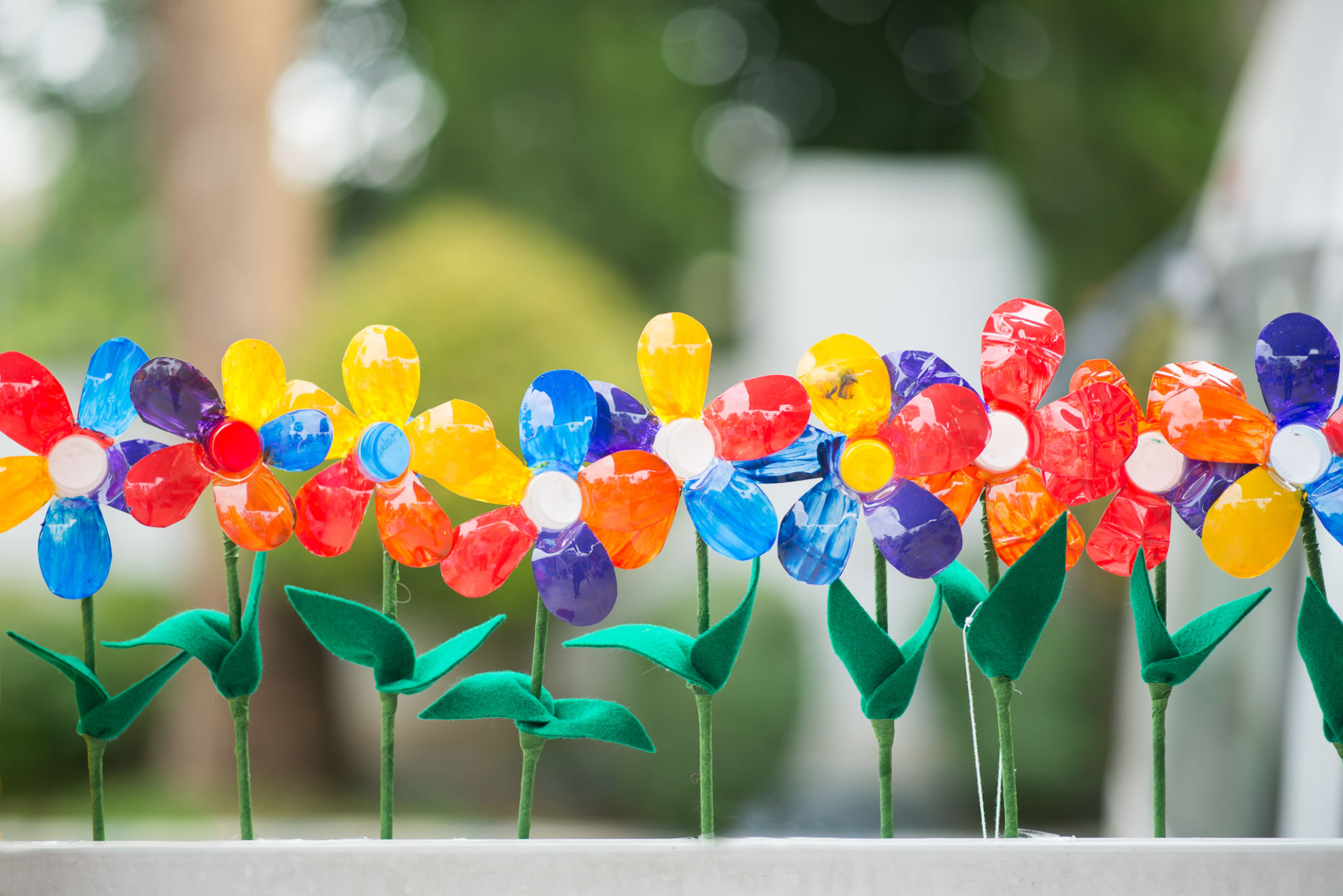From Waste to Wonder: Case Studies in Sustainable Sculpture Design
The Rise of Sustainable Sculpture Design
In recent years, the art world has witnessed a remarkable shift towards sustainability, with artists and designers increasingly turning to waste materials as their primary medium. This movement not only reduces environmental impact but also transforms discarded items into stunning works of art. By reimagining waste, these artists are creating sculptures that challenge traditional notions of beauty and function.
Sustainable sculpture design is more than just a trend; it represents a profound change in how we perceive waste and its potential. Artists are finding inspiration in the most unlikely places, using everything from plastic bottles to scrap metal to craft unique pieces that tell stories of transformation and renewal.

Innovative Artists Leading the Way
The Visionaries Behind the Movement
Several pioneering artists have become synonymous with the sustainable sculpture movement. Their works serve as powerful examples of how creativity can lead to environmental change. One such artist is Vik Muniz, known for his ability to create intricate portraits using everyday materials like sugar, chocolate, and even garbage. His artwork not only captivates audiences but also sparks conversations about consumption and waste.
Another influential figure is El Anatsui, whose large-scale installations are made from recycled bottle caps and aluminum. His pieces reflect the intricate beauty that can be achieved by repurposing materials that would otherwise end up in landfills. Anatsui’s work challenges viewers to reconsider their relationship with waste and appreciate the potential for beauty in the mundane.

Sustainable Design Techniques
Transforming Trash into Treasure
The techniques used in sustainable sculpture design are as diverse as the artists themselves. Some employ traditional sculpting methods, while others innovate with new techniques to manipulate unconventional materials. For instance, artists may use welding to piece together metal scraps or employ weaving techniques to assemble textiles and plastics into cohesive forms.
These artists often emphasize the importance of material selection, prioritizing items that are readily available and have minimal environmental impact. By choosing materials that are abundant and easily sourced, they ensure that their creations are not only sustainable but also scalable for larger projects.

Case Studies in Sustainable Sculpture
Success Stories from Around the Globe
A notable case study is the work of Tim Noble and Sue Webster, who craft shadow sculptures from piles of trash. When illuminated correctly, these seemingly chaotic assemblages cast detailed shadows that reveal complex images. Their work exemplifies how perspective and context can transform waste into something extraordinary.
In India, artist Subodh Gupta uses old kitchen utensils to create massive installations that reflect on society’s relationship with consumption and excess. His sculptures are a testament to the cultural and social narratives embedded in everyday objects, highlighting how art can provoke thought and inspire change.
The Future of Sustainable Sculpture Design
As awareness of environmental issues grows, so too does the potential for sustainable sculpture design to influence public perception and behavior. Artists are increasingly collaborating with architects, urban planners, and environmentalists to incorporate sustainable art into public spaces, thereby reaching wider audiences.
The future of this movement looks bright, with more artists committing to sustainable practices and new technologies emerging to support innovative design. As society continues to grapple with environmental challenges, sustainable sculpture design offers a compelling vision of how creativity can drive positive change.
